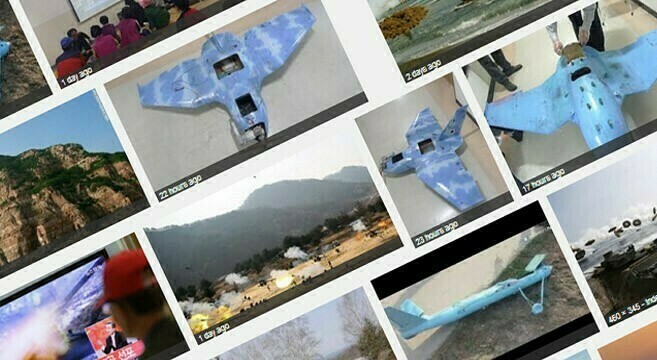Two North Korean unmanned aerial vehicles (UAV) – commonly known as drones – crashed in South Korean territory in late March. Though neither design is very large or advanced, they demonstrate that Pyongyang is developing drone technology capable of conducting reconnaissance against the South.
The UAVs that crashed in Paju on March 24 and on the South Korean island of Baengnyeong-do on March 31 are very different than those seen in military parades in Pyongyang last year. The designs are not very sophisticated and likely use many off-the-shelf components such as motors originally made for remote control model planes. They may also incorporate some technology adapted from the U.S.-made MQM-107 target drone North Korea is believed to have acquired.
Two North Korean unmanned aerial vehicles (UAV) – commonly known as drones – crashed in South Korean territory in late March. Though neither design is very large or advanced, they demonstrate that Pyongyang is developing drone technology capable of conducting reconnaissance against the South.
The UAVs that crashed in Paju on March 24 and on the South Korean island of Baengnyeong-do on March 31 are very different than those seen in military parades in Pyongyang last year. The designs are not very sophisticated and likely use many off-the-shelf components such as motors originally made for remote control model planes. They may also incorporate some technology adapted from the U.S.-made MQM-107 target drone North Korea is believed to have acquired.
Become a member for less
than $5.75 per week.
Unlimited access to all of NK News: reporting, investigations, analysis
The NK News Daily Update, an email newsletter to keep you in the loop
Searchable archive of all content, photo galleries, special columns
Contact NK News reporters with tips or requests for reporting
Get unlimited access to all NK News content, including original reporting, investigations, and analyses by our team of DPRK experts.
Subscribe now
All major cards accepted. No commitments – you can cancel any time.












